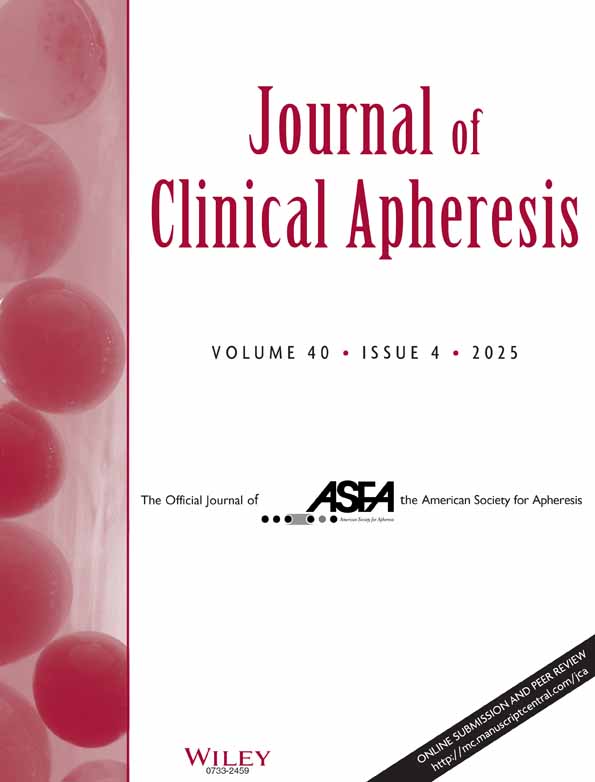Synchronised therapy and high-dose cyclophosphamide in proliferative lupus nephritis
Abstract
The aim of this open study was to compare the outcomes and side effects of plasmapheresis (PP) in patients with proliferative lupus nephritis treated with cyclophosphamide (Cyc) boluses. The study involved 28 consecutive patients. All of the patients met the ACR modified criteria for SLE and underwent a qualifying renal biopsy. In group I, patients were treated with synchronised therapy (PP, 50 ml/kg, followed by pulse Cyc, 750 mg/m2, repeated monthly for 6 months), whereas in group II, they were given only intermittent Cyc boluses (at the same dosage). The data were collected in the patients' records according to a standardised protocol. Patients were followed-up for a mean of 4 years. The disease-free survival was analysed using Kaplan-Meier estimated survival curves ([S(t)]). At the end of the 6-month treatment period, a statistically significant number of patients in group I (75%) was in complete remission in comparison to group II (31%) (P < 0.02), whereas at long-term follow-up, these percentages were similar (41% vs. 50%, P = n.s.). The main functional and immunological parameters showed a normalisation in both groups. The risk of a poor renal outcome significantly correlated with high serum creatinine levels at the onset of nephritis (P < 0.05). We documented a higher rate of infectious complications in group I. This study reports that synchronised therapy is useful in inducing a faster remission in patients with proliferative lupus nephritis. However, it is not superior to conventional therapy at long term follow-up analysis. Positive results should be reinforced by a long-term maintenance therapy. J. Clin. Apheresis 17:72–77, 2002. © 2002 Wiley-Liss, Inc.




